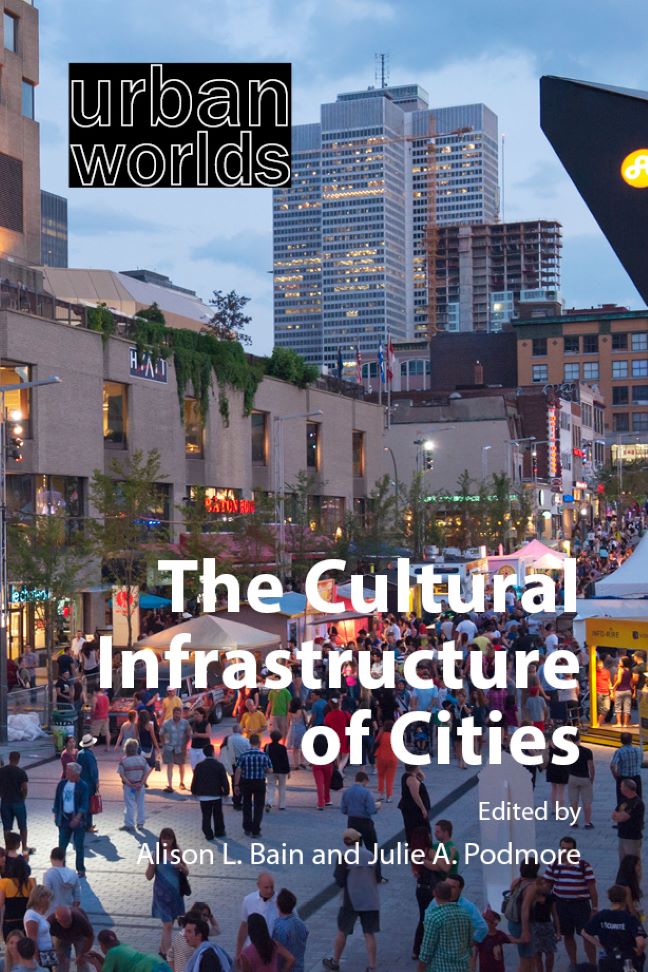3 - The relational infrastructure of open creative labs
Published online by Cambridge University Press: 23 January 2024
Summary
INTRODUCTION
With the transformation towards knowledge and innovation societies, the share of solo-and micro-entrepreneurship, freelance work, gig work or digital entrepreneurship of the total workforce has increased. Likewise, the share of income-related employment organized in atypical forms of work (outside tenured full-time employment) has increased in Western industrialized countries supporting project-based work outside of a fixed workplace and various combinations of part-time employment. Knowledge, creative and/or digital workers often work from home, make use of third places (e.g., cafes, libraries, community centres), or use collaborative workspaces (e.g., co working spaces or makerspaces). Over the past 15 years, co working spaces have emerged as a new urban cultural infrastructure. Globally, Deskmag (2019) estimates that the number of co working spaces has increased from 8,900 in 2015 (with 545,000 members) up to 26,300 in 2020 (with 2.7 million members). In addition to collaborative workspaces, mixed-used shared spaces for creative practices (e.g., hackerspaces, fab labs, open workshops) have also been established. Taken together, these two more general trends exemplify how digital affordances, technological development and economic as well as labour-market transformation processes have inspired the development of new material production settings that support collaboration, co-design, co-production, co-creation or sharing.
Platforms such as Deskmag or the Fab Lab Association, suggest that social-material infrastructure for sharing work environments, tools for creative projects and experiences are no longer novel and experimental in cities. Instead, such places have become established and expected material urban artefacts. Collaborative workspaces can be understood as “hard” cultural infrastructure that facilitate the production of culture in cities by promoting creative and digital entrepreneurship and practices (Bryson 2007). Likewise, they can also be considered “soft” cultural infrastructure because they provide access and contribute to diffusing information, generating knowledge, organizing learning experiences and fostering networks. This latter characteristic underscores that they are not just neutral platforms for social activities, but instead are “fundamentally relational concepts” (Star & Ruhleder 1996: 113).
- Type
- Chapter
- Information
- The Cultural Infrastructure of Cities , pp. 49 - 60Publisher: Agenda PublishingPrint publication year: 2023

